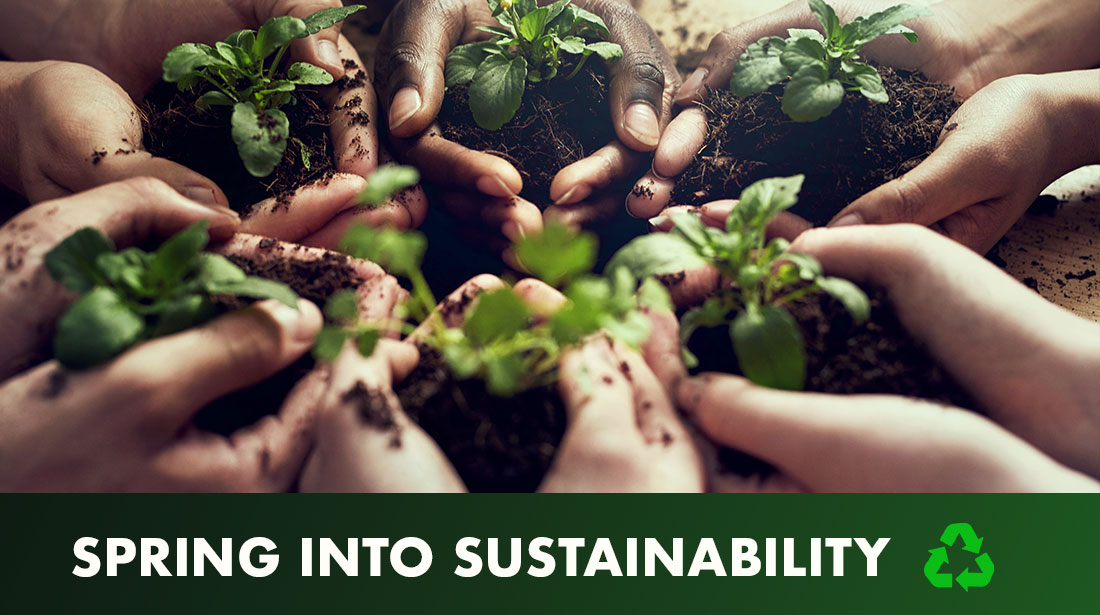
Why choose sustainability?
One of the biggest trends in modern packaging is the shift toward eco-friendly materials and processes. Companies and consumers alike are making conscious efforts to utilize green packaging supplies that are better for our environment than the popular choices of previous years. Did you know that 74% of American shoppers are willing to pay more for sustainable packaging, with up to ¼ of that 74% willing to spend as much as 10% more on average? While this is excellent news for the environment, the immense popularity of eco-friendly materials brings along with it some false information. That’s why we’re taking a look at some common sustainable packaging myths and examining how they might not be as true as many of us have been led to believe. When it comes to sustainable packaging myths, plastic is the primary material on the receiving end of our discontent. Concerns over how it is disposed of and horror stories about our oceans and landfills filling up with plastic bottles and containers have resulted in worry over how it impacts our natural environment. Because of this, many consumers try to move away from plastic packaging before they consider all of the factors. For every type of packaging material, plastic or otherwise, there are multiple aspects that need to be looked at. Though plastic may seem like it shows up more often at the local landfill, we can’t ignore that it’s a necessity for modern life. Though commonly seen in landfills, single use plastics are incredibly valuable for industries far and wide, including healthcare, pharmaceuticals, and food and beverage, and we can’t get rid of them without serious consequences. Further, steps are being taken every day to improve the sustainability of these materials. Plastic packaging supplies are durable, useful, and contribute toward green initiatives in other areas. One example of this is that it can reduce food waste by extending the lifespan of many products, such as produce, meats, and dairy.
Recyclability is not the Only Factor
When thinking about how to help the environment, it’s not uncommon for most people to turn to recycling. Recycling is a hugely important aspect of green initiatives across the globe, but is also a popular sustainable packaging myth, as many consumers believe it is the only way to care for the planet. Simply enough, this is far from the truth. There are many factors to consider when we dig deeper into sustainable packaging, and the recyclability of the materials is just one of them. Instead of narrowing in on recycling, consumers should consider the entire lifecycle of a product and its packaging. For example, many eco-conscious shoppers are likely to believe that glass packaging is a better option for the planet than plastic packaging because it is more obviously recyclable. However, when we take a look at the entire lifecycle of each product – from manufacturing to shipping and beyond – glass actually has a larger carbon footprint. So while some items may be more likely to end up in your recycling bin, they may also contribute to higher amounts of greenhouse gas in our atmosphere. What this means is that we must take all aspects of the manufacturing, shipping, and distribution processes into account when we determine just how sustainable a certain packaging material may be.
Busting Sustainable Packaging Myths
Eco-friendly practices and packaging supplies are essential for continued success in nearly any industry. They are an easy and effective way to make the world a better place and to show your customers that you care about much more than just the bottom line. Give our team a call today to find the right sustainable packaging materials for your products at the right price for your budget.


